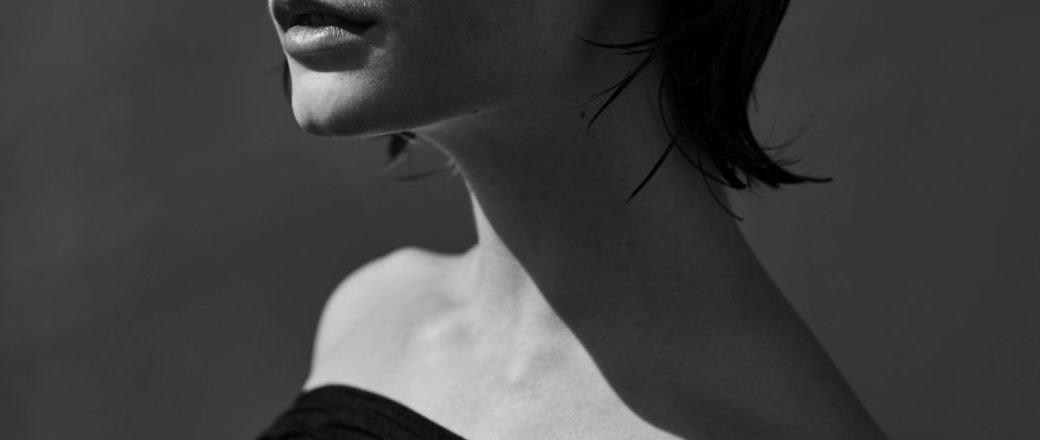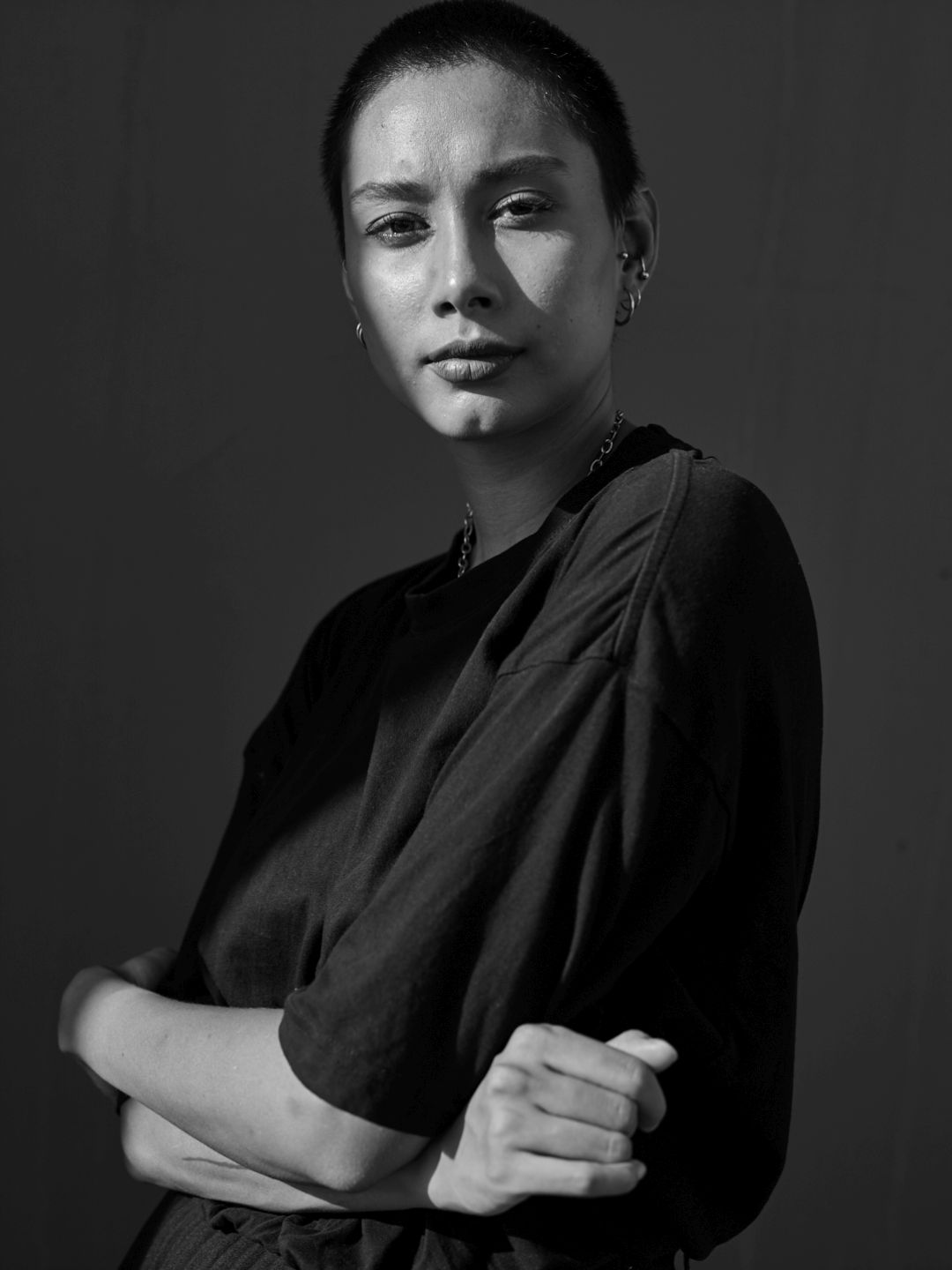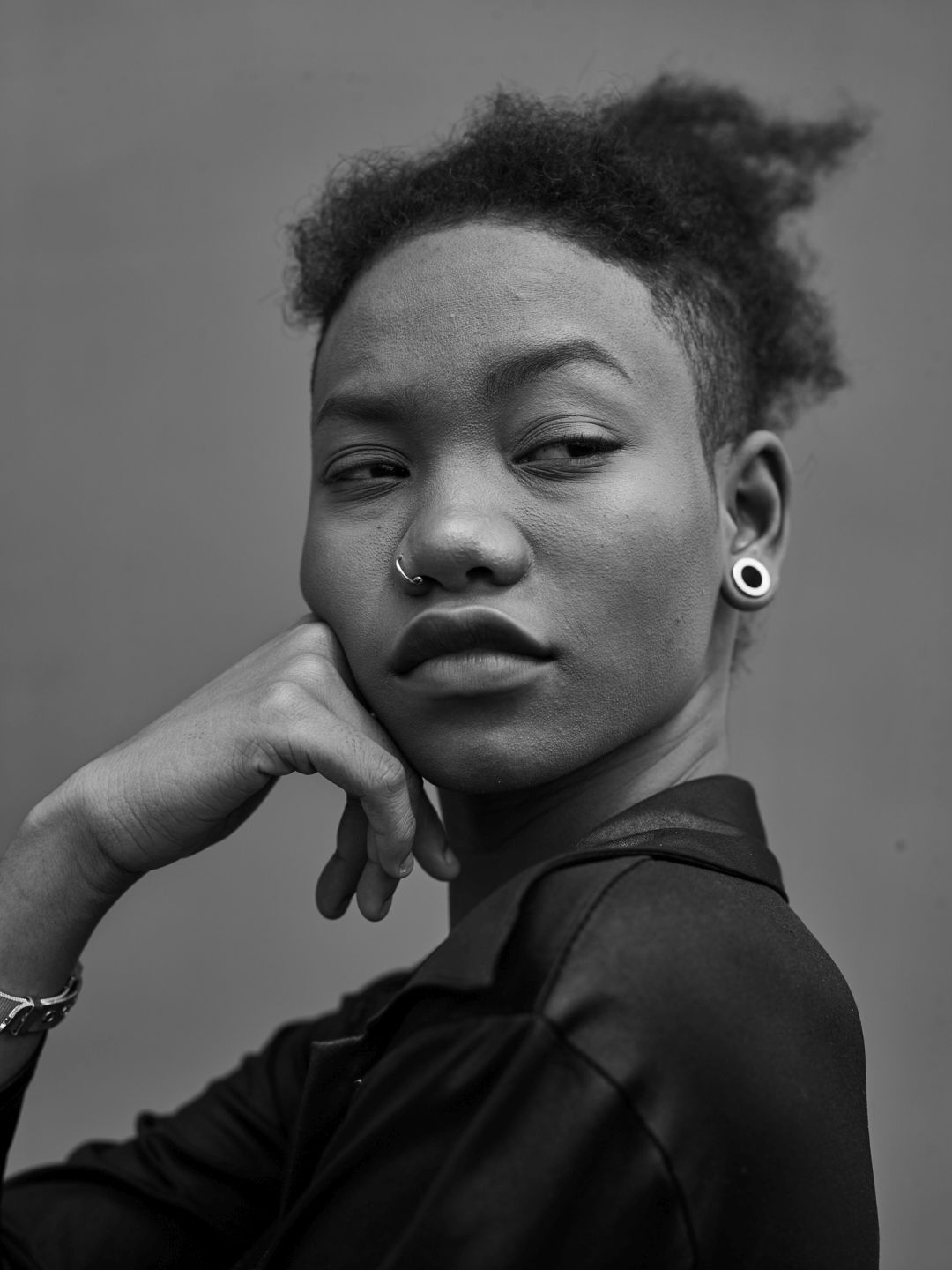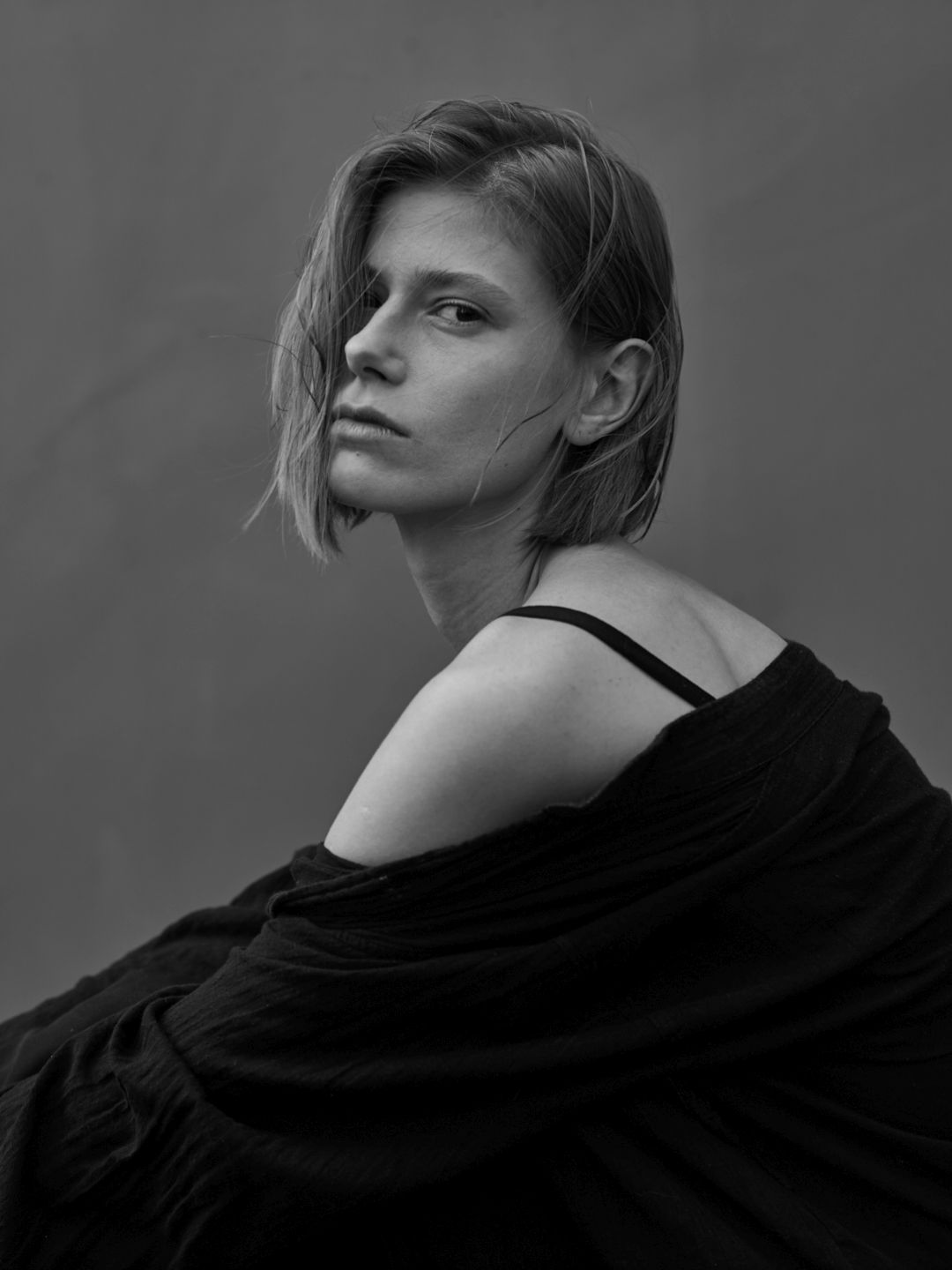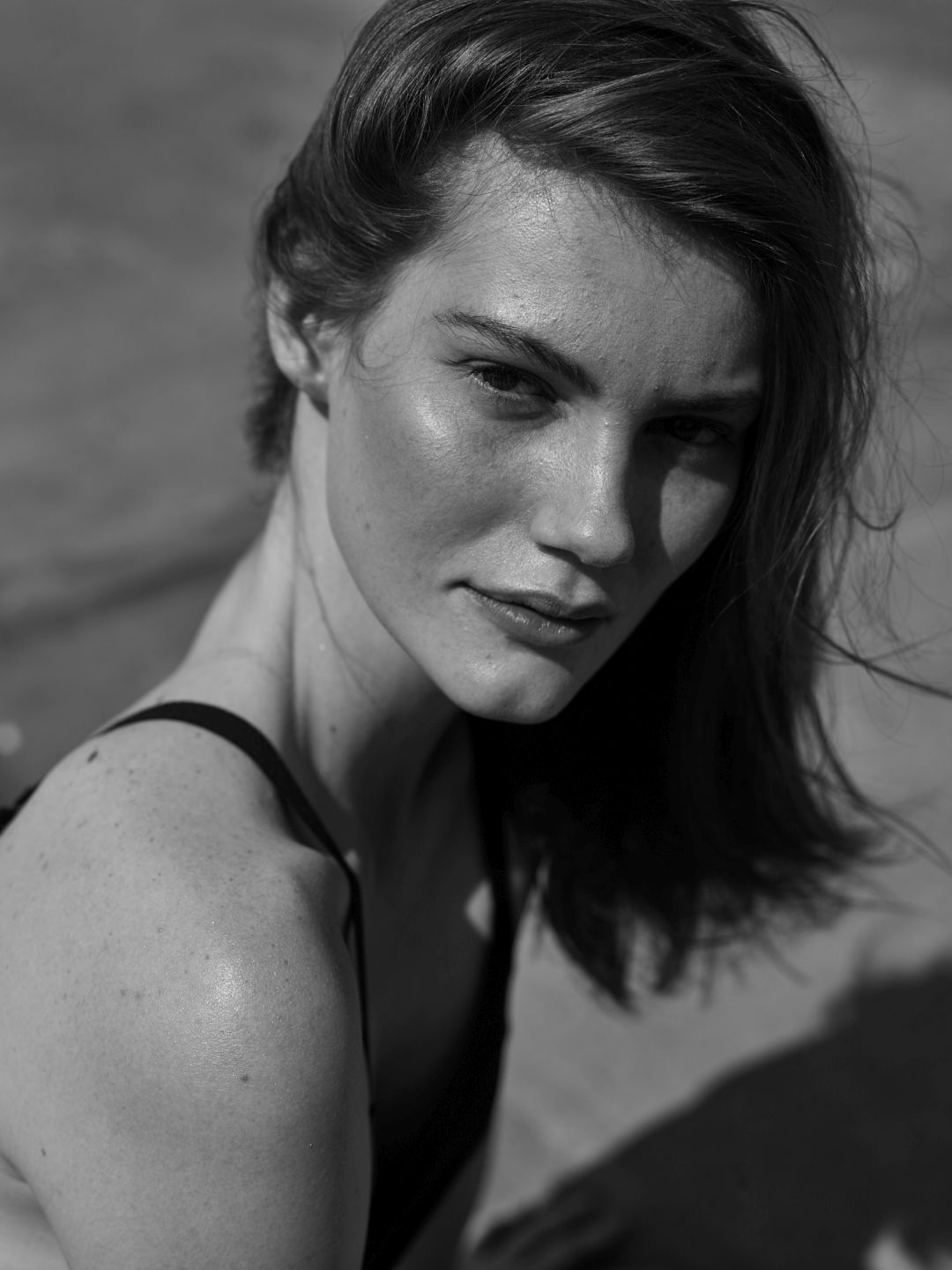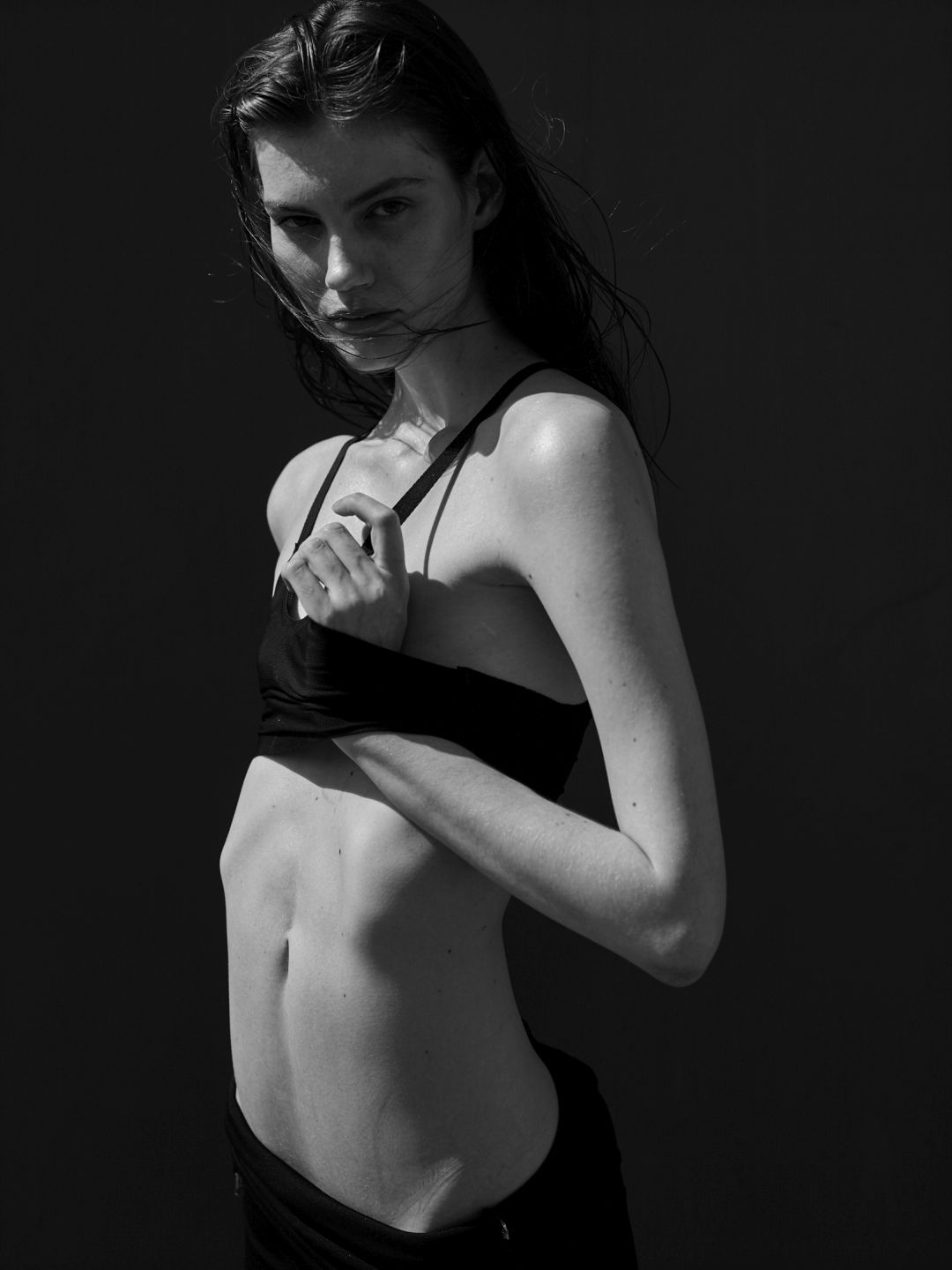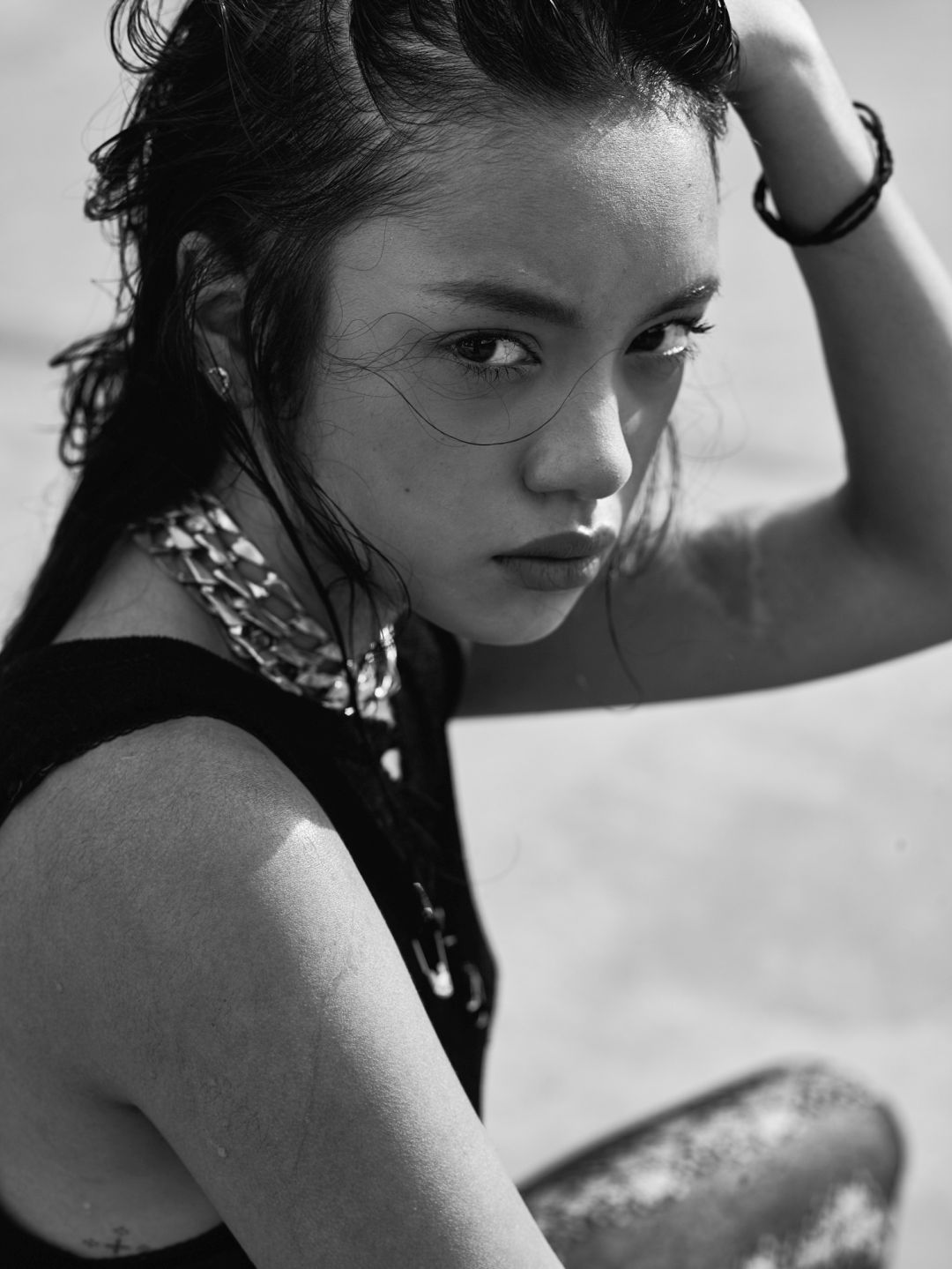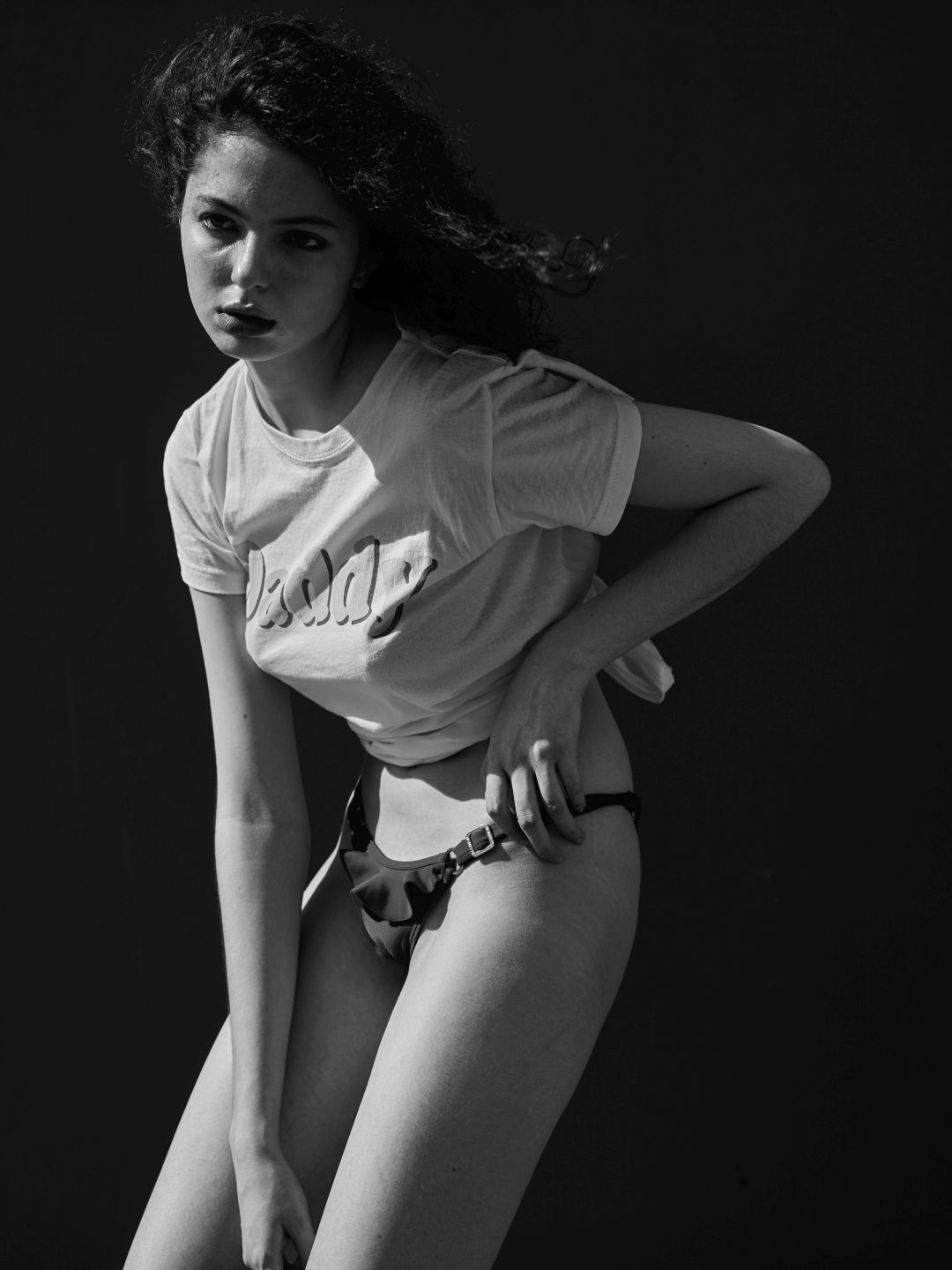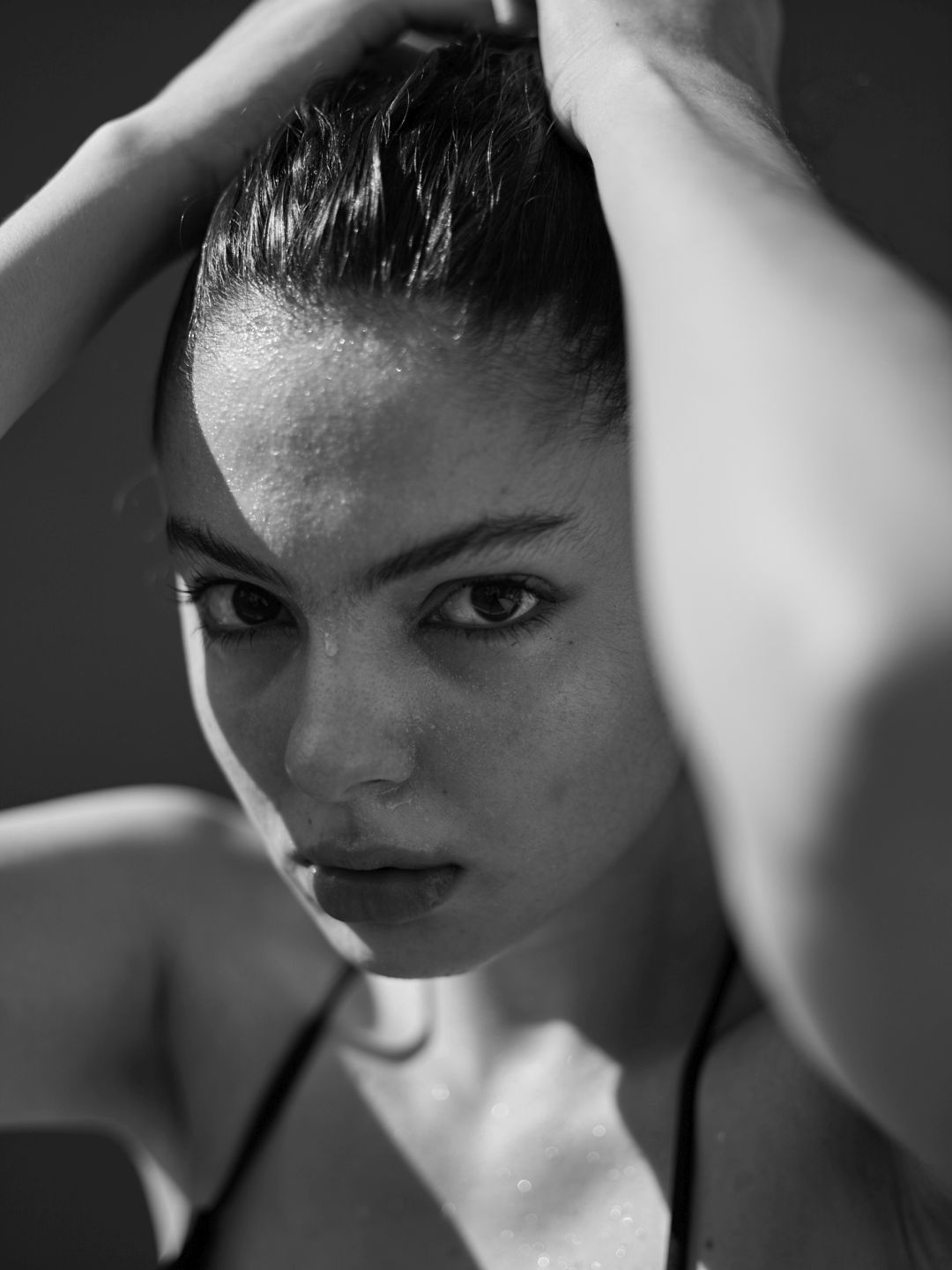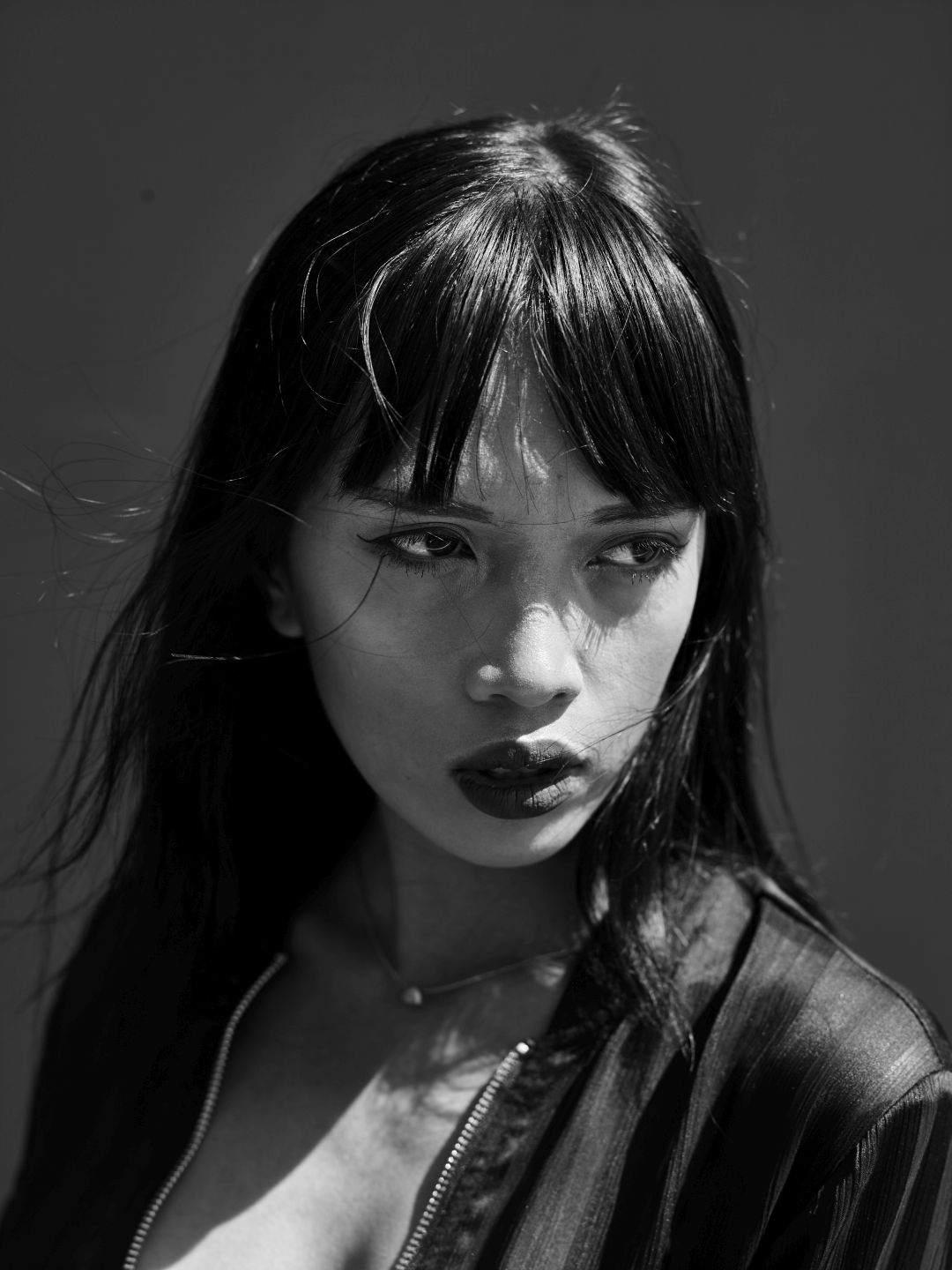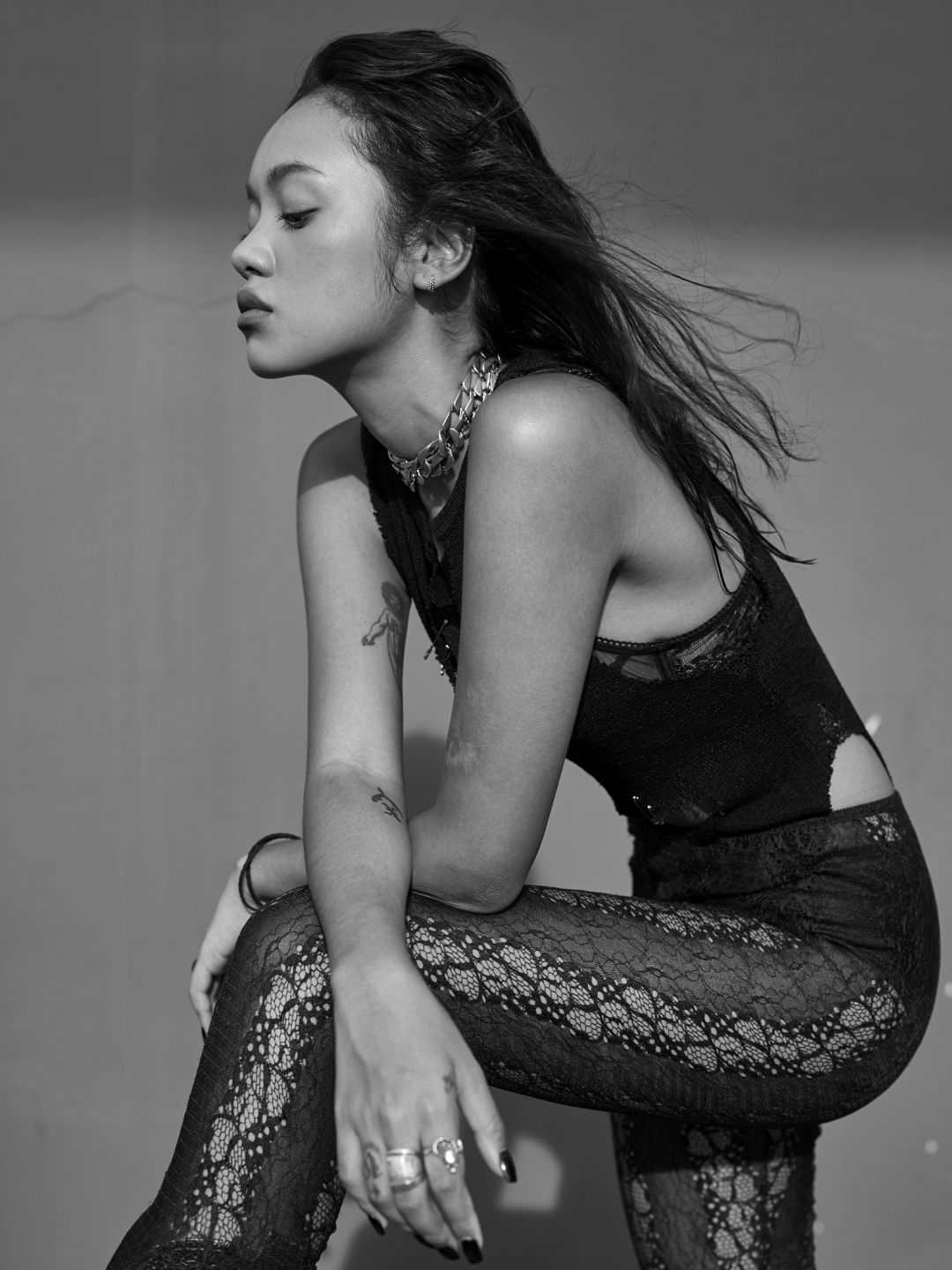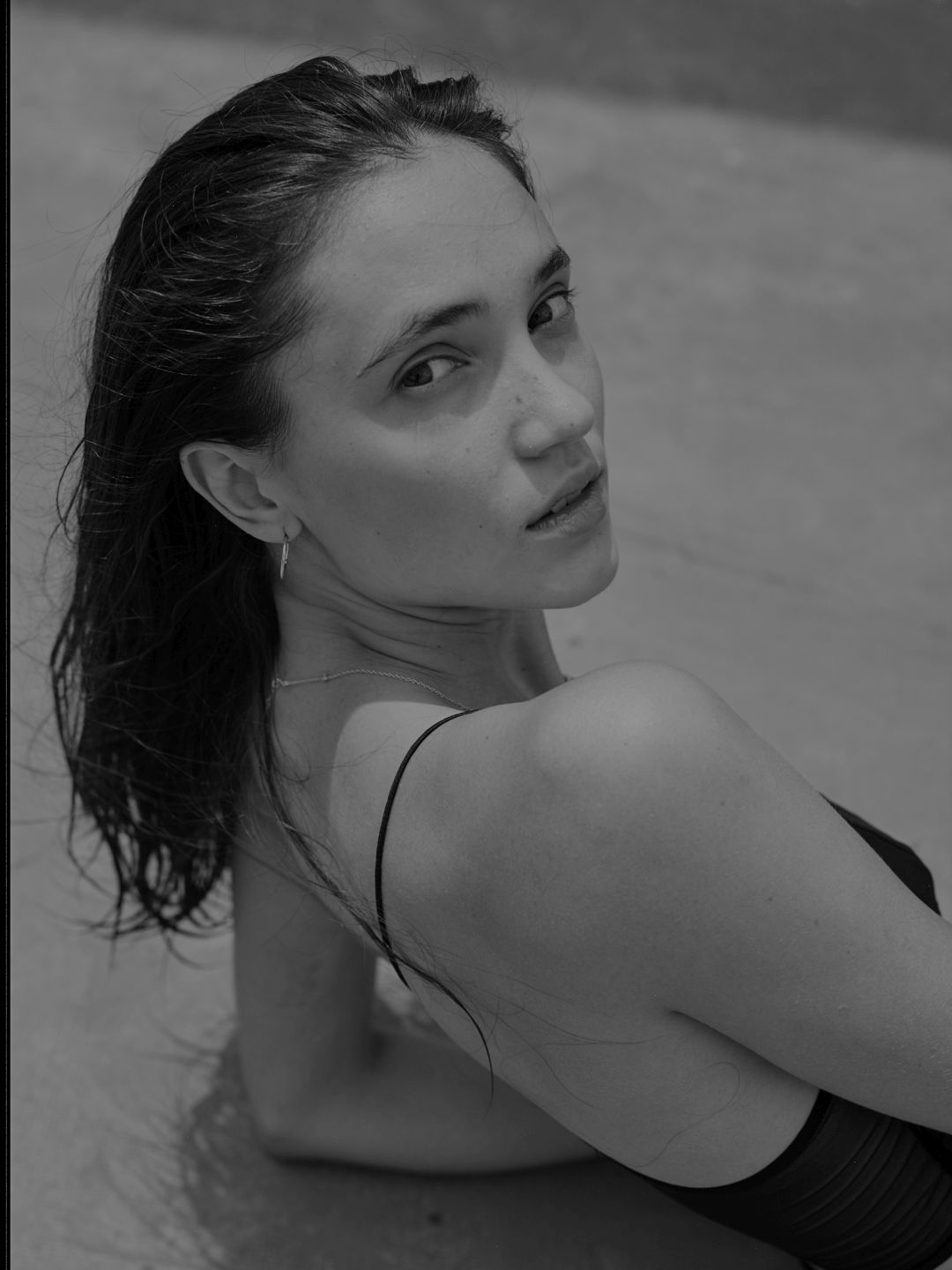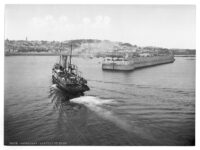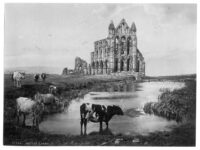– How and when did you become interested in photography?
I’ve dedicated the first years of my life to classical Art, drawing and painting. I discovered photography only when I met the masters like Avedon and Evans that shown me photography as Art. Today photography for me is a profession and my way to express my ideas.
– Is there any artist/photographer who inspired your art?
I was shocked by Walker Evans’s large prints I saw in an exhibition in Rome when I was a teenager. I’ve studied Ansel Adams and I love Irvin Penn, probably above all. The group F64 and anything related – is the kind of photography I admire. Purism in photography is more important now than back when they tried to get out of Pictorialism. Today we try to bring back the real face of the people. We are trying to get rid of the algorithm that is changing the perception of ourselves. Andy Warhol was already aware of this and was trying to make people understand what was coming next.
– Why do you work in black and white rather than colour?
I’ve shot several projects in the past in color slides. Few years ago, I’ve narrowed down the exact style that I was looking for and that was all about black and white. Curiously this style I finally came to feel truly mine was mine all along, is the exact same style I did when I’ve developed the first rolls of film almost 20 years ago. Sometimes we have to go all around the world for understand where we started.
– How much preparation do you put into taking a photograph/series of photographs?
For commercial work, I try to have a shot approved by the client directly during the day of the shooting. I don’t want digital retouching debates much. As for my Fine-Art work, I don’t use almost any kind of retouching on my shots. I shoot and later I import the files into CaptureOne, then I apply my personal Black and White settings. Mostly I don’t use masks and I don’t dodge/burn areas of the image. I never crop a shot. Basic regulations of +1/2Stops and recovering highlights/shadows from standard adjustments. I have two Black and White settings, one standard and one that reminds me of the Polaroid 55. For exhibition’s prints a printmaker in Bologna, Italy will print all of the shots with an analog/digital enlarger of his invention that allow to print digital files on traditional photographic paper. Commercially I use mostly my Nikon gear, rarely my PhaseOne that I keep for my Fine-Art work mostly. I have a PhaseOne P45+ that is one of the last CCD medium formats that are still around today.
I’m very satisfied with it, it produces a kind of quality that is the only digital that doesn’t make me want to go back and shoot film.
– Where is your photography going? What projects would you like to accomplish?
I’m impressed by how the human perception of beauty is changing. Modern technologies are going to make us see things that don’t exist, argument reality, our faces will be perceived like we want. A Hollywood star, a friend we love, a teacher we like. How we look like, the natural impression that our biological self gives to the others will be gradually less important in the next future. I always like a kind of photography that designs an idea, a composition of shadows using real-life elements. If photography is based on something that is not the reality is not photography but something else.
I like when models that use to see themselves in their promotional comp cards, Instagram posts, and magazine advertising react to my work in a very emotional way. Most of them have never seen their face in the way I shot them, let’s say natural and without enhancement of any kind. I’m happily surprised that they like my work and they ask me to shoot more or they recommend their models friends to me. I guess that is a good sign, people still want to have a memory of what they look like, or they are happy to see themselves in a more honest way. The vibe of my work is not celebratory, doesn’t tend to extra-valorize the subjects, wants to be raw content of reality. Especially here where I’m living, Bangkok, the beauty standards are a complicated matter. Thai people pass more time on SM than anyone else and the young generations are growing up with virtual digital standards of beauty. It will be amazing to realize one book per city all around the world to check the status of a wide spectrum of
humanity. People who are working in the system or that are trying but fail for some aesthetic reason all around the world.
I’m fully focused on the book project “Casting” right now. The first book will be all about Bangkok and the models, actresses and dancers professional and beginners that are living and working in Bangkok now. The project will be in the format of one book-volume per city, all around the world. After Bangkok: New York, Paris, and Milan. The project has SM pages in order to create a community of models/women that will share their stories about their casting’s experiences, appearance insecurities, and how to live life as a woman in the age of digital media. Working with models’ agencies for my commercial work and doing castings have always intrigued me beyond being just a job, but I have also been blindly unaware of the reason for that until recently I found out why. Growing up collecting Interview Magazine, the magazine founded by the American artist Andy Warhol in 1969, I sharpened my artistic sensibility by learning from the magazine’s interviews, Warhol’s screen tests, and all of his
work concerning castings. It was a perfect way to explore and understand the human condition and show the side of the people of which I find interesting. Instagram, influencers, and “everyone will be famous for 15 minutes” were all predicted by Warhol. Overflow of images, a spillover of information and intrusive consumerism that were once just bad omens are today our reality.
Website: www.mattiabaldi.com/bookscasting

